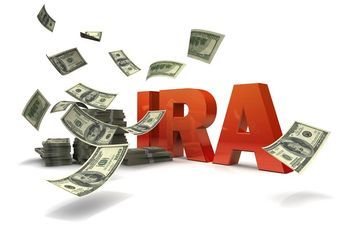As charity season nears, time to review clients’ donor-advised funds
Five steps clients can use to guide their donor-advised fund contribution checkup, which can help maximize financial and tax-planning benefits and make charitable giving more enjoyable.
The end of summer is a great time for clients to review their donor-advised fund before the fall and winter charity season. A quick check on the use and funding of donor-advised funds once or twice a year maximizes financial and tax-planning benefits at the same time that it can make charitable giving more enjoyable. Below are five steps clients can use to guide their donor-advised fund contribution checkup.
Step 1 – Assess past giving
What have you given in past years (total dollars) and to which charities? You can check the statements from the donor-advised fund or make a list or put the information into a simple spreadsheet. When you’re done, you should have a good picture of your giving for as far back as you’d like to go. Feel free to average it, look for trends or just take last year’s number as your circumstances or desires lead you.
Step 2 – Assess plans for giving this year
Are there new charities you want to support this year? Charities you supported in the past that you no longer wish to support for now? Charities that you want to give more or less to than before? Many people designate an additional, discretionary amount of annual funding — either because they find that they always have some causes they give to that weren’t decided ahead of time, or because they want the freedom to give should something compelling arise. The total of what you want to give this year, plus any fund maintenance minimums, is your baseline — the amount you seek to have in your fund for the year to accommodate your philanthropic desires and use of the account. Write down this year’s baseline for your reference.
Step 3 – Harvest appreciated assets for charity funding opportunities
Do you have any appreciated assets you would like to donate now for financial or tax-planning reasons? In a fluctuating market, locking in gains now may benefit some portfolios. Have you recently sold a business, realized a gain from an IPO or had another financial windfall? Now might be a great time to offset your tax obligations with a charitable tax deduction. Many donors take advantage of non-cash asset giving, which now represents the majority of contributions to donor-advised funds. Because of the tax advantages, the contribution to your donor-advised fund may be more than your baseline funding for this year’s contributions and fund maintenance.
Step 4 – Check sufficiency of charitable funds
Write down your current donor-advised fund balance. If it’s not already included, add the value of any assets you plan to contribute (e.g., those you plan to harvest by contributing in Step 3). You may need to estimate one or more of these planned contributions. Total the amount in your donor-advised fund, or the amount soon to be there, and compare it to your baseline. If it is greater than your baseline, there is no need to donate more. If it is less than your baseline, you may need to plan additional contributions to your donor-advised fund.
Step 5 – Schedule gifts to donor-advised funds
Increasingly, donors are scheduling their contributions. In fact, more than one in five donor-advised fund grants are pre-scheduled. Now may be a good time to schedule charitable gifts — either one-time or ongoing. Scheduling gifts now makes giving easier during busy, high-pressure times like the winter holidays.
CHECKUP DONE
Planning giving often makes charitable donations more enjoyable, with clients experiencing a more relaxed and thoughtful charitable experience. Taking this quick five-step donor-advised fund checkup during the more relaxing summer can prepare clients for the charitable giving busy season from Thanksgiving through the new year.
Planning ahead can offer clients substantial financial benefits. It can reduce rush gifts via cash and credit cards that are less efficient — and often less well-budgeted and thought out. Strategic use of assets can maximize the amount available for charity and maintain flexibility in giving, while offering clients tax efficiencies.
Andrew Hibel is president and founder of The Advise Us Fund, a donor-focused donor-advised fund.
Learn more about reprints and licensing for this article.





